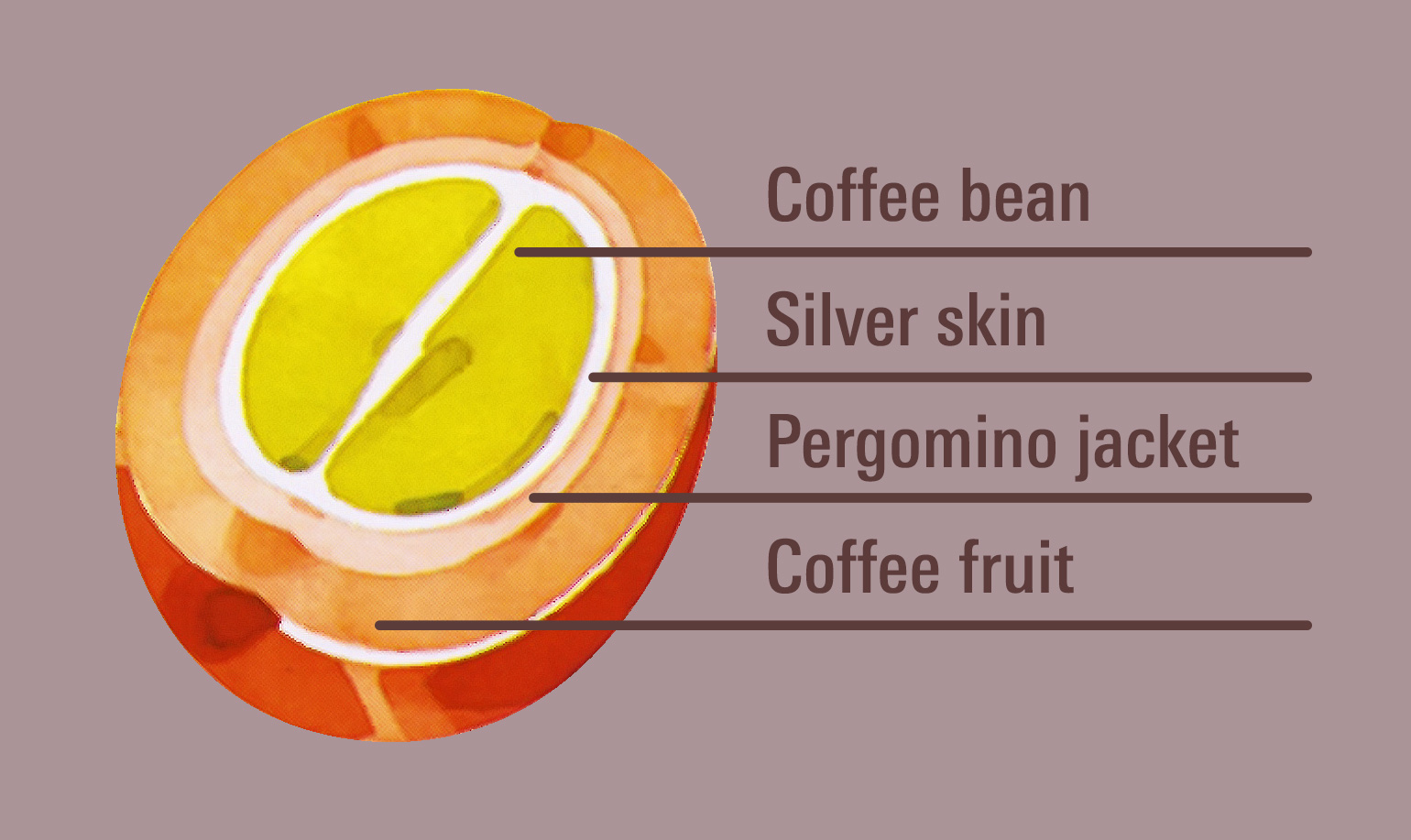THE ANATOMY OF COFFEE

The coffea plant is a member of the Rubiaceae family. Although this family has a large number of sub groups and species, only two strains have any commercial value for coffee production: Coffea Arabica and Coffea Canephora (Robusta).
The coffee tree grows in the belt between 25 degrees north and 30 degrees south of the equator where rainfall is high, the temperature never falls below freezing and the average temperature is between 18–24° centigrade. The tree will die if it encounters frost, and sudden heat fluctuations also damage the tree. Since the coffee tree flourishes in humid conditions, it must be grown in tropical regions with regular rainfall.
Resembling the Camellia bush, the coffee tree sports dark, shiny and pointed leaves. When left to grow naturally, some varieties will grow up to 7 meters tall. However, coffee plantations generally keep the trees from growing higher than 2–3 meters in order to ease harvesting.
The coffee tree’s delicate white blossom exudes a distinctive fragrance, resembling that of the jasmine flower both in terms of appearance and odour. This flower bears a green fruit. It takes 3–5 years for a sapling to begin to yield fruit. Once mature, the tree will bear fruit several times a year.
Coffea Arabica
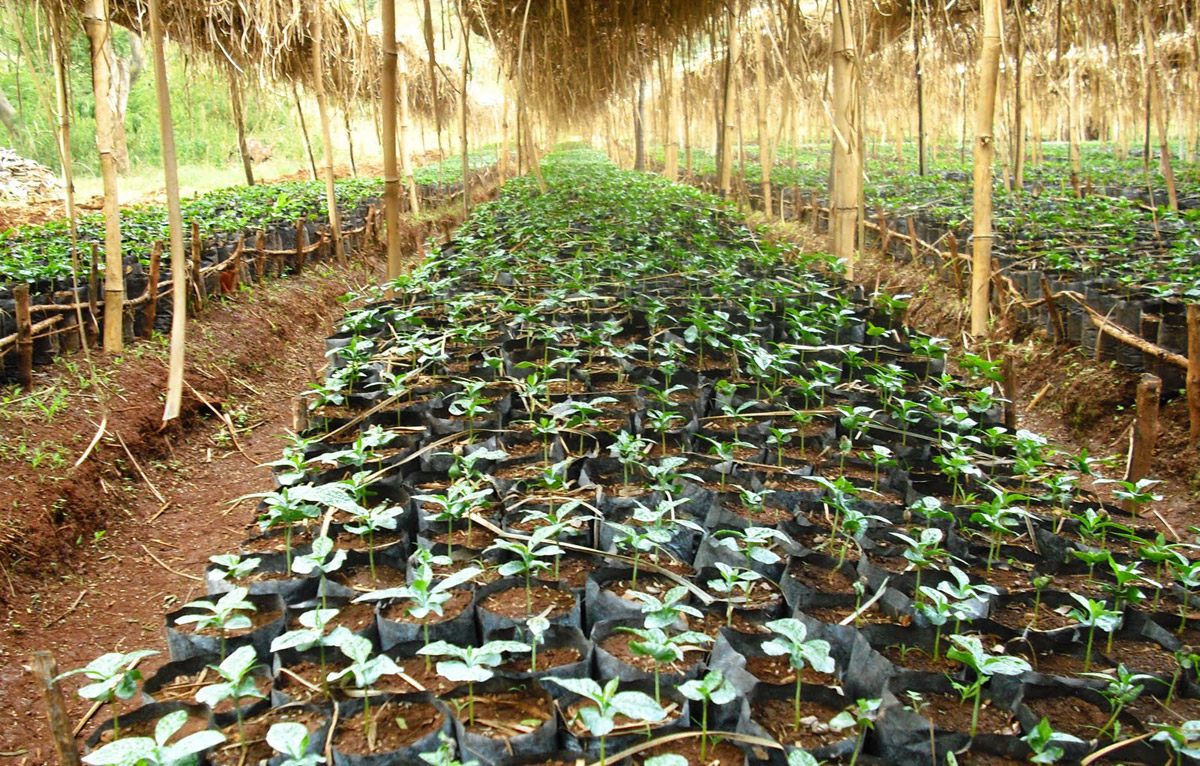
Coffea Arabica is descended from the coffee plants first discovered in Ethiopia. It grows at elevations of 800–2000 meters on plateaus or volcanic slopes. It blossoms after each rainy season and its fruit takes nine months to mature. The annual yield of a typical arabica tree yield is 5 kg, which produces 1 kg of actual coffee beans.
The oval, greenish-yellow coffee beans of the arabica tree have less caffeine than those of the robusta plant. In addition, it has a finer taste and sweeter aroma then the robusta.
Coffea Arabica makes up 70% of global coffee production. However, due to its susceptibility to disease and sensitivity to climatic fluctuations, it is more difficult and more expensive to cultivate.
The most famous varieties are the Bourbon bean grown in Brazil, the Middle East, India, and Indonesia and the Typica bean, which is largely cultivated in Latin America, followed by the Tico, Blue Mountain, Mundo Novo, Caturra and San Ramon varieties.
Kurukahveci Mehmet Efendi uses carefully selected beans from the highest quality coffea arabica bean varieties in its production of Turkish Coffee.
Coffea Robusta
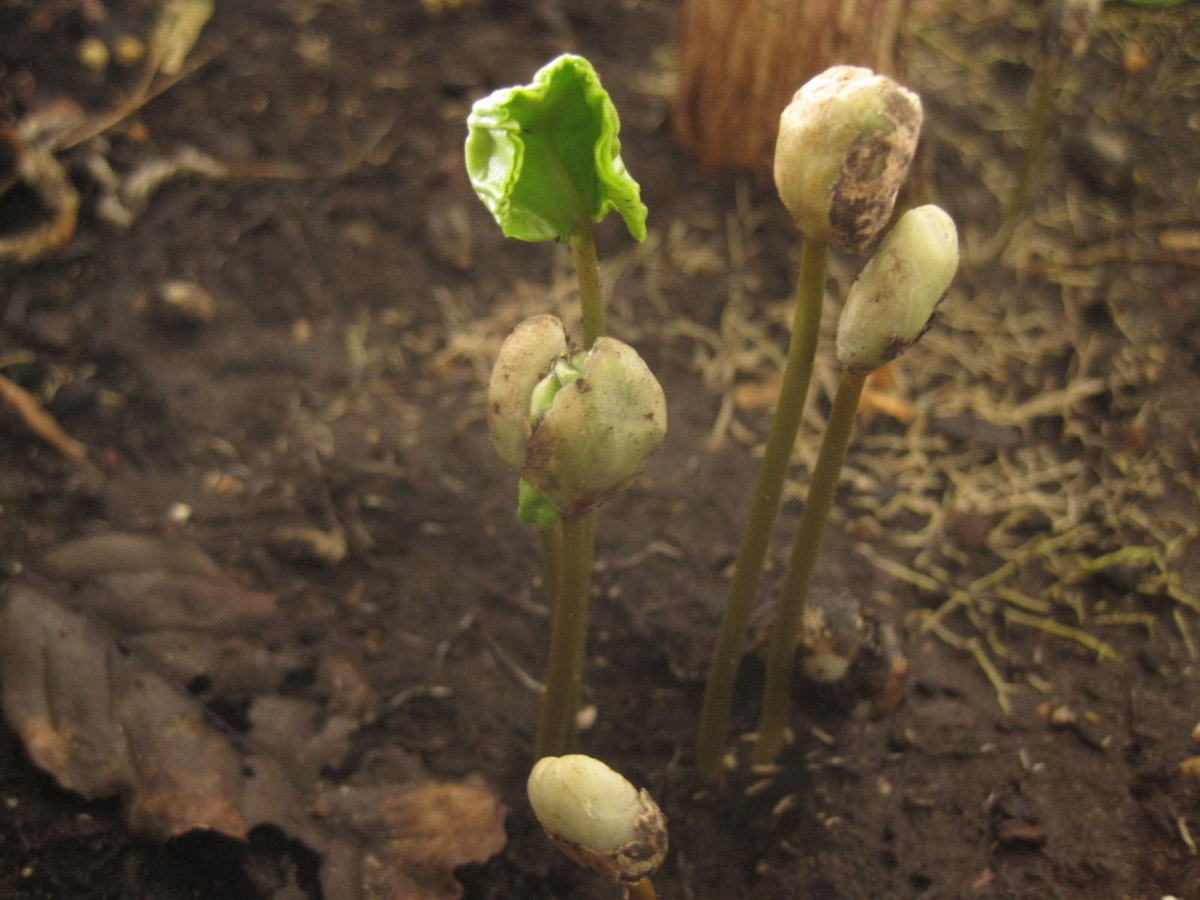
Coffea Robusta is grown at elevations between 0–600 meters. Unlike the arabica, the robusta flowers irregularly and the fruit takes 10–11 months to mature.
The coffee produced from the robusta’s round, yellow-brown beans contains around twice the caffeine of arabica coffee.
Robusta makes up 30% of global coffee production. It is easier to cultivate as it is hardy and not sensitive to disease and extreme weather conditions.
The most well known varieties of robusta are Java-Ineac, Nana, Kouliou and Congensis.
The Coffee Blossom
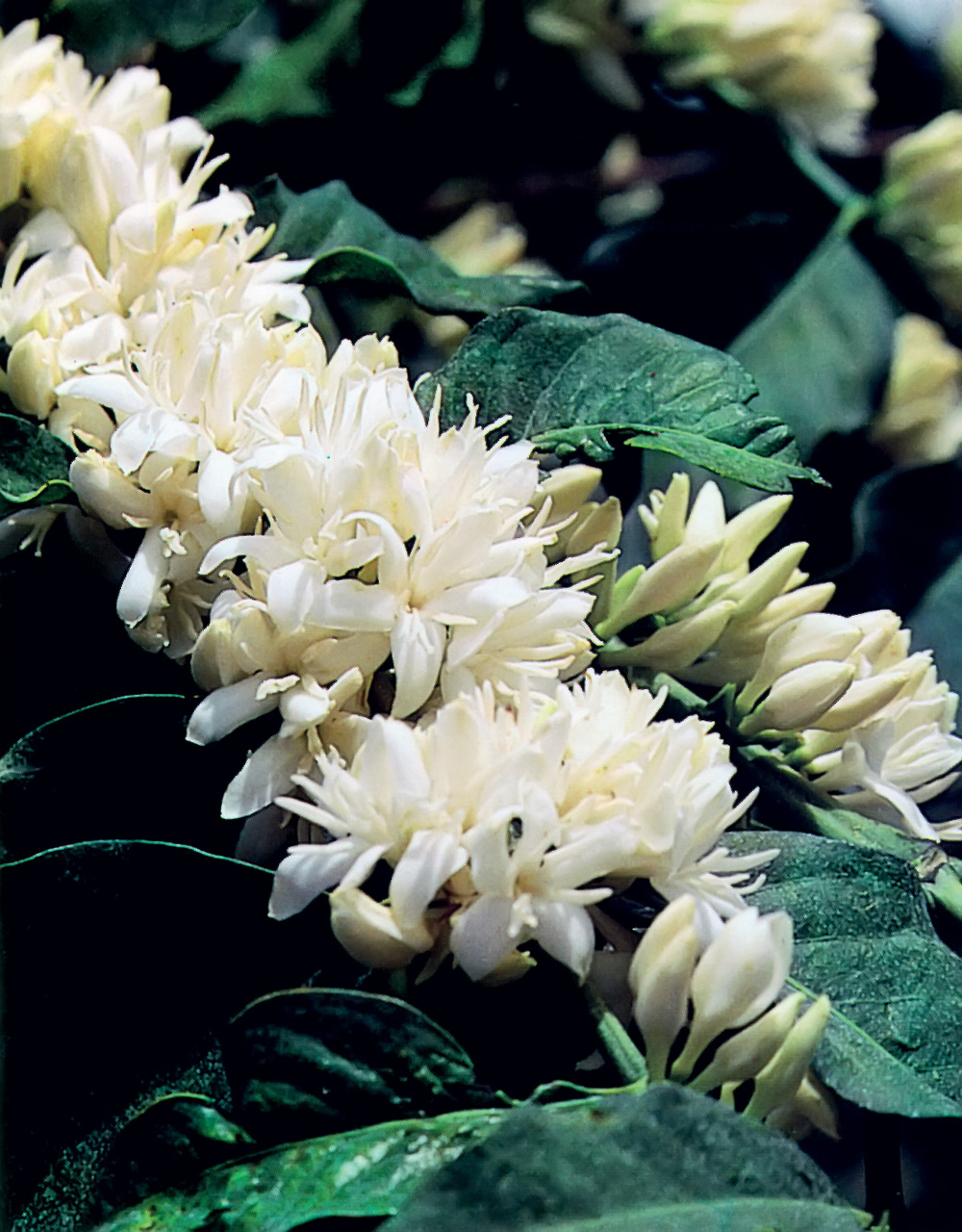
Two or three times a year, after heavy rains, the coffee tree bears wonderful, pure white flowers. The blossom’s heady fragrance has been likened to that of jasmine or the orange blossom. A tree that has recently matured will bear 20–30,000 flowers a year.
The coffee blossom begins to wilt within a few hours of opening, already preparing to produce fruit.
The Coffee Cherry and Bean
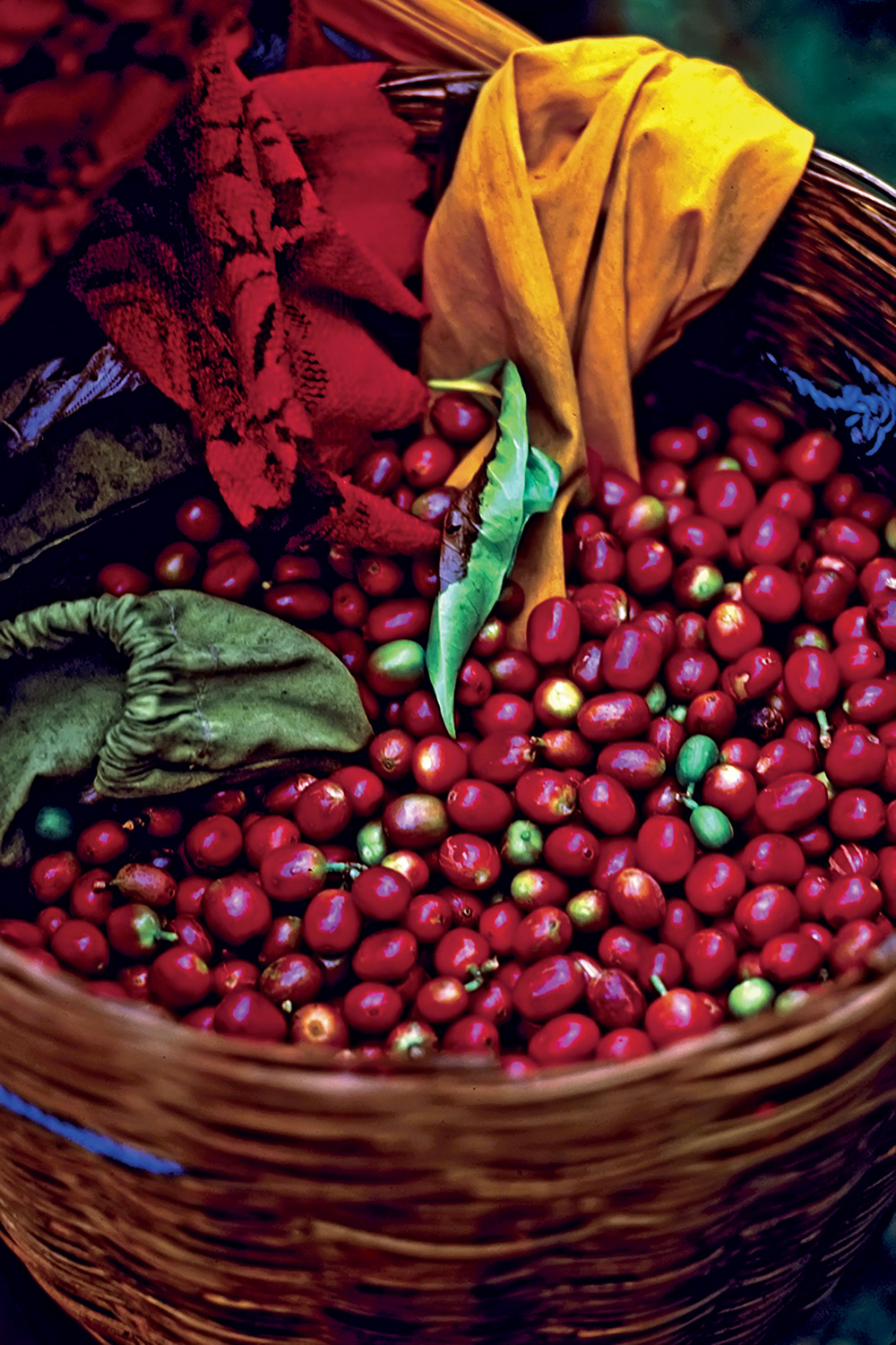
The coffee blossom is white and smells like jasmine. Due to its similar size, shape and colour, the fruit of the coffee tree is known as a “cherry”. Within the fruit are two beans. The sides of the beans that face each other are flat, while the beans’ outward facing sides are curved. The coffee beans are encased in a protective jacket or parchment that has the same shape. The flat side of each bean sports a deep crack or crevice filled with hard endosperm covered in a thin membrane. The membrane is encased in a harder shell. If the coffee bean is to be used as seed, then the seeds will not be separated from their protective shell.
The fruit of some coffee trees only bear one bean rather than two. This bean (a peaberry) is much rounder than normal coffee beans. These beans are processed separately and generally fetch a much higher price than normal beans.
Coffee cherries must be carefully monitored as upon ripening they will begin to rot within 14 days.

